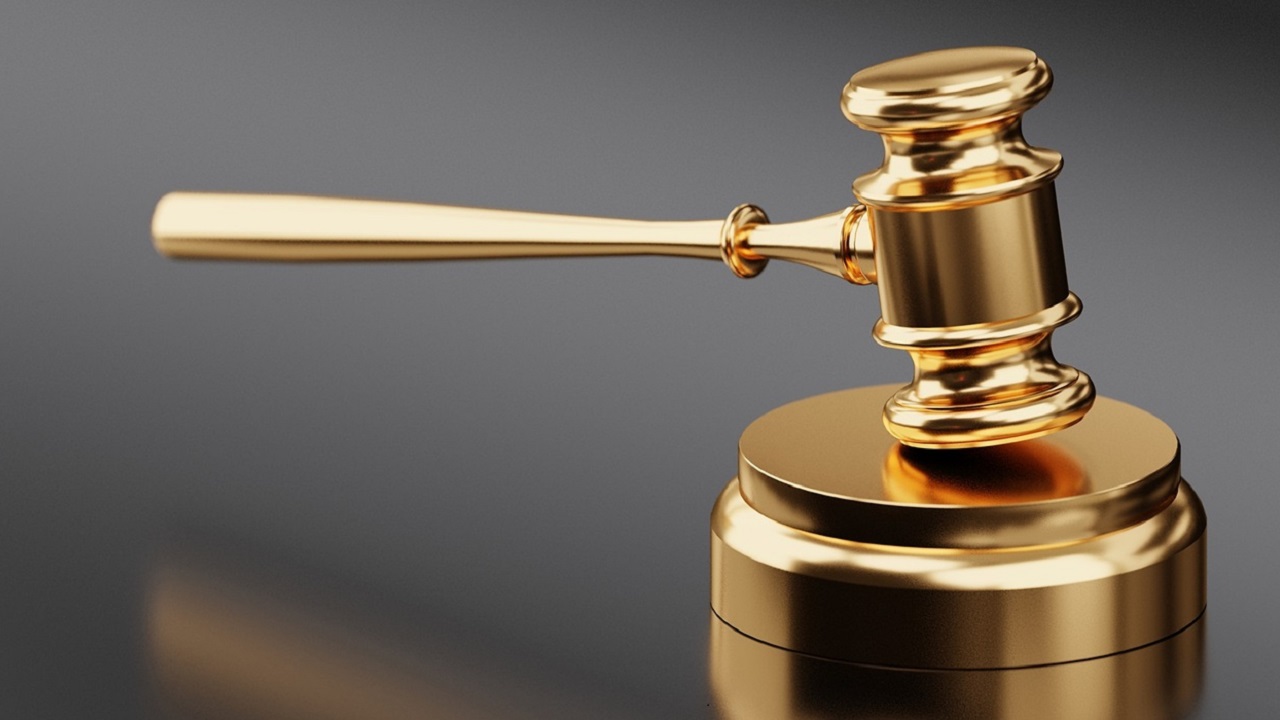Post Divorce Maintenance in New York Divorces

Post Divorce Maintenance in New York
By J. Douglas Barics
Updated September 2019
For divorce and all other matrimonial actions filed on or after January 23, 2016, post divorce maintenance is governed by the new DRL 236 B(6). The approach used by the new statute is a radical change from the previous discretionary approach. It is consistent with the trend to move to a formula based approach used for child support since 1989 and temporary maintenance since 2010.
For ease of reference, this article is presented in the same order as the statute DRL 236 B(6), and will reference the specific section of the statute when possible.
A. Applicability of DRL 236 B(6) for Post Divorce Maintenance
Either party may request post divorce maintenance, and any award will be made under the new rules. If the parties have entered into a valid matrimonial agreement, then the agreement itself will govern.
B. Definitions under DRL 236 B(6)
The following definitions shall be used:
(1) "Payor" is spouse with the higher income.
(2) "Payee" is the spouse with the lower income.
(3) "Income" is the same as the definition used for child support (DRL 240 and FCA 413), except no subtraction shall be made for maintenance paid by the payor to the payee.
This provision will insure the same income calculated for child support is the same income calculated for maintenance.
"Income" also includes any income from income-producing property distributed or to be distributed to either party under equitable distribution.
.(4) "Income cap" is the first $175,000 of the payor's income. This amount will be adjusted every two years beginning in 2016, and is currently $178,000.
(5) "Guideline amount of post-divorce maintenance" is the dollar mount of maintenance calculated under the statute.
(6) "Guideline duration of post-divorce maintenance" is the length of time the maintenance shall last as determined by the statute.
(7) "Post-divorce maintenance guideline obligation" is the amount and duration of maintenance according to the guidelines.
(8) "Length of marriage" is the time from the date of marriage until the date of commencement.
(9) "Self-support reserve" is the same as the self-support reserve defined in the child support standards act.
.(10) "Agreement" is a validly executed matrimonial agreement.
C. Maintenance when the Payor's income is lower or equal to the Income Cap
(1) Guidelines when payor is also paying child support to the payee.
(a) (20% of payor's income) - (25% of payee's income) = ________.
(b) 40% X (payor's income + payee's income) = _________.
(c) Take the answer from (b) and subtract 100% of the payee's income, giving _______________.
(d) Take the lower of either (a) or (c).
(e) The guideline amount is the amount taken in (d), but if its less than zero then the maintenance shall be zero.
(f) If the maintenance payments would reduce the payor's income below the self support reserve, then the maintenance shall be the payor's income minus the self support reserve. If the income is less than the self support reserve, it shall be presumed that no maintenance should be awarded.
(g) Maintenance shall be calculated prior to child support. Maintenance shall be subtracted from the payor's income and added to the payee's income when determining child support.
(2) Guidelines when there is no child support or when the payor is receiving child support from the payee.
(a) (30% payor's income) - (25% payee's income) = ___________.
(b) 40% X (payor's income + payee's income) = ___________.
(c) Take the answer from (b) and subtract 100% of the payee's income, giving _______________.
(d) Take the lower of either (a) or (c).
(e) The guideline amount is the amount taken in (d), but if its less than zero then the maintenance shall be zero.
(f) Post divorce maintenance shall calculated before determining child support. The maintenance shall be subtracted from the payor and added to the payee in determining income for child support.
(g) If the maintenance payments would reduce the payor's income below the self support reserve, then the maintenance shall be the payor's income minus the self support reserve. If the income is less than the self support reserve, it shall be presumed that no maintenance should be awarded.
D. Post Divorce Guidelines when the Payor's Income Exceeds the Income Cap
(1) Apply the guidelines in section C for income up to the cap.
(2) For income which exceeds the cap, the court has discretion as to the amount of additional maintenance. The court must take into consideration one or more of the factors listed in paragraph E.
(3) The court is required to state the factors either in writing or on the record.
E. The Guidelines are required unless the Court finds them unjust or inappropriate
(1) The guidelines will normally apply. If, however, the court finds the guideline amount to be unjust or inappropriate, the guideline can be adjusted. If an adjustment is made, it must be based on one or more of the following factors.
(a) the age and health of the parties;
(b) the present or future earning capacity of the parties, including a history of limited participation in the workforce;
(c) the need of one party to incur education or training expenses;
(d) the termination of a child support award before the termination of the maintenance award when the calculation of maintenance was based upon child support being awarded which resulted in a maintenance award lower than it would have been had child support not been awarded;
(e) the wasteful dissipation of marital property, including transfers or encumbrances made in contemplation of a matrimonial action without fair consideration;
(f) the existence and duration of a pre-marital joint household or a pre-divorce separate household;
(g) acts by one party against another that have inhibited or continue to inhibit a party's earning capacity or ability to obtain meaningful employment. Such acts include but are not limited to acts of domestic violence as provided in section four hundred fifty-nine-a of the social services law;
(h) the availability and cost of medical insurance for the parties;
(i) the care of children or stepchildren, disabled adult children or stepchildren, elderly parents or in-laws provided during the marriage that inhibits a party's earning capacity;
(j) the tax consequences to each party;
(k) the standard of living of the parties established during the marriage;
(l) the reduced or lost earning capacity of the payee as a result of having forgone or delayed education, training, employment or career opportunities during the marriage;
(m) the equitable distribution of marital property and the income or imputed income on the assets so distributed;
(n) the contributions and services of the payee as a spouse, parent, wage earner and homemaker and to the career or career potential of the other party; and
(o) any other factor which the court shall expressly find to be just and proper.
(2) If there is a finding of the post-divorce maintenance guideline obligation is unjust or inappropriate which results in an adjustment, the court is required to state the reasons in a written decision or on the record. This requirement cannot be waived.
F. The duration of post-divorce maintenance may be determined as follows:
(1) Non Mandatory Advisory Schedule
The following, non mandatory, advisory schedule is provided by the statute.
Length of Marriage Duration of Maintenance
-
-
-
0-15 years: 15% to 30%
-
15-20 years 30% to 40%
-
Over 20 years: 35% to 50%
-
-
(2) Record of the Court's Reasons Mandatory
When determining the duration of post divorce maintenance, including whether or not the advisory schedule is used, the court must consider the factors listed in paragraph E, and set forth its reasoning in either a written decision or on the record. This requirement cannot be waived.
The Court is further specifically authorized to award non-durational maintenance in an appropriate case.
(3) Termination of Maintenance
Post divorce maintenance shall terminate upon the death of either party, the payee's remarriage, or a modification pursuant to DRL 248 even if the duration is longer.
(4) Retirement
When determining the duration of post divorce maintenance, the court is required to consider anticipated retirement assets, benefits and the retirement age of both parties.
The full or partial retirement of the payor which results in a lowering of income shall be a basis for a modification.
G. Unrepresented Parties
When one or both parties are unrepresented, the court is required to inform the unrepresented party of the guideline award before it approves a maintenance order.
H. Right to Enter and Agreement
The post divorce maintenance law does not alter the rights of the parties to enter into agreements which deviate from the guidelines.
I. Penalties Default or Lack of Disclosure
If a payor defaults or fails to present sufficient evidence at trial to determine income, the Court may invoke paragraph I as a penalty.
Paragraph I provides that maintenance will be based on the needs of the payee or the standard of living of the parties, whichever is greater.
In addition, if the missing evidence is later found, and it would result in the guidelines giving an even greater award, the maintenance order may be retroactively increased without any showing of a change in circumstances.
This option exists only for post divorce maintenance orders made under paragraph I, which itself can only be used when the payor defaults or fails to disclose his or her income.
J. Modification of Post-Divorce Maintenance
Post divorce maintenance may be modified under paragraph b of subdivision nine of DRL 236 B(6).
K. No Change in Circumstances to Modify an Existing Order
The new guidelines alone will not be deemed a change in circumstances warranting a modification of an order made prior to the guidelines be adopted.
L. No Change in Circumstances to Modify an Agreement
The new guidelines alone will not be deemed a change in circumstances warranting a modification of an agreement made prior to the guidelines be adopted.
M. Modification of Existing Order
The new guidelines of paragraphs C D and E will not apply to any proceeding seeking to modify an existing order issued before the date the statute became effective.
N. Modification of Existing Agreements
The new guidelines of DRL 236 B(6) shall not apply to any request to modify an agreement enacted prior to the effective date of the statute.
O. Effect of the Barriers to Remarriage
The Court may consider the effect of the a barrier to remarriage, when appropriate, (DRL 253) when applying the factors listed in paragraph E.
About J. Douglas Barics
J. Douglas Barics is a located in Commack NY who regularly represents individuals in all divorce and family law matters. If you have any questions about this article, please contact J. Douglas Barics
Disclaimer: The article "Post Divorce Maintenance in New York" is provided as a free educational service and does not constitute legal advice. For more information see the full disclaimer.
